Malabanjbanjdju Camping Area: A Hidden Gem in Kakadu National Park
Kakadu National Park, a sprawling wilderness area and UNESCO World Heritage site offers countless camping spots, but none are as peaceful and immersive as the Malabanjbanjdju Camping Area. This secluded campground lies deep within Kakadu, providing nature lovers, adventurers, and cultural enthusiasts with an authentic and serene camping experience. Nestled amidst some of Australia’s most iconic natural wonders, this site is a fantastic base for exploring Jim Jim Falls, Gunlom Falls, Sandy Billabong, and Twin Falls. Read on to uncover what makes Malabanjbanjdju such a remarkable destination and discover all you need to plan an unforgettable camping adventure.

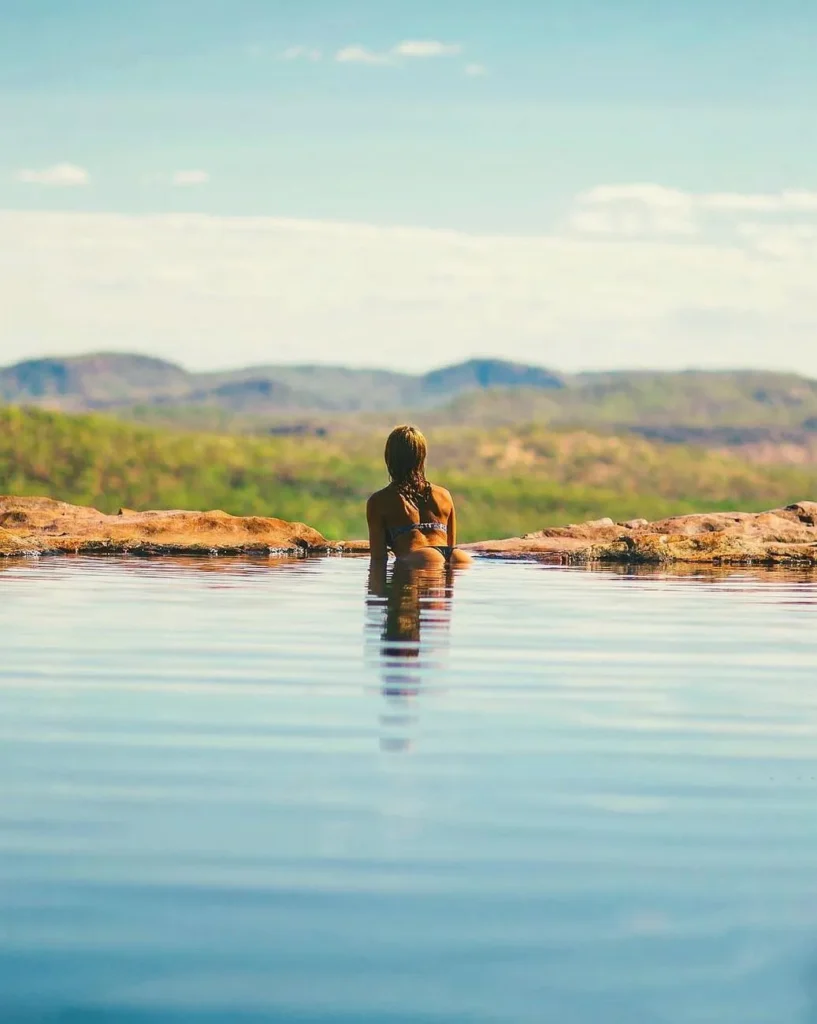
Why It’s Worth the Trip
Malabanjbanjdju is the perfect retreat for those wanting to enjoy the tranquillity of nature away from the crowds. It offers easy access to many iconic sites, including Jim Jim Billabong and Yellow Water, known for their stunning sunrise and sunset views. The area’s proximity to some of Kakadu’s famous waterfalls and billabongs, such as Alligator Billabong, makes it a prime spot for experiencing the unique beauty of Kakadu’s waterways and wetlands, home to both saltwater and freshwater crocodiles.
Visitors to Malabanjbanjdju can also marvel at Kakadu’s rich cultural heritage. Many sites in Kakadu hold significant importance to the Traditional Owners, and areas like Ubirr Rock and Nourlangie Rock are home to ancient Aboriginal rock art that has survived for thousands of years. These incredible sites tell stories of Kakadu’s history, spiritual beliefs, and connection to the land, adding cultural depth to the adventure.
Gateway to Kakadu’s Natural Wonders
Jim Jim Falls and Twin Falls
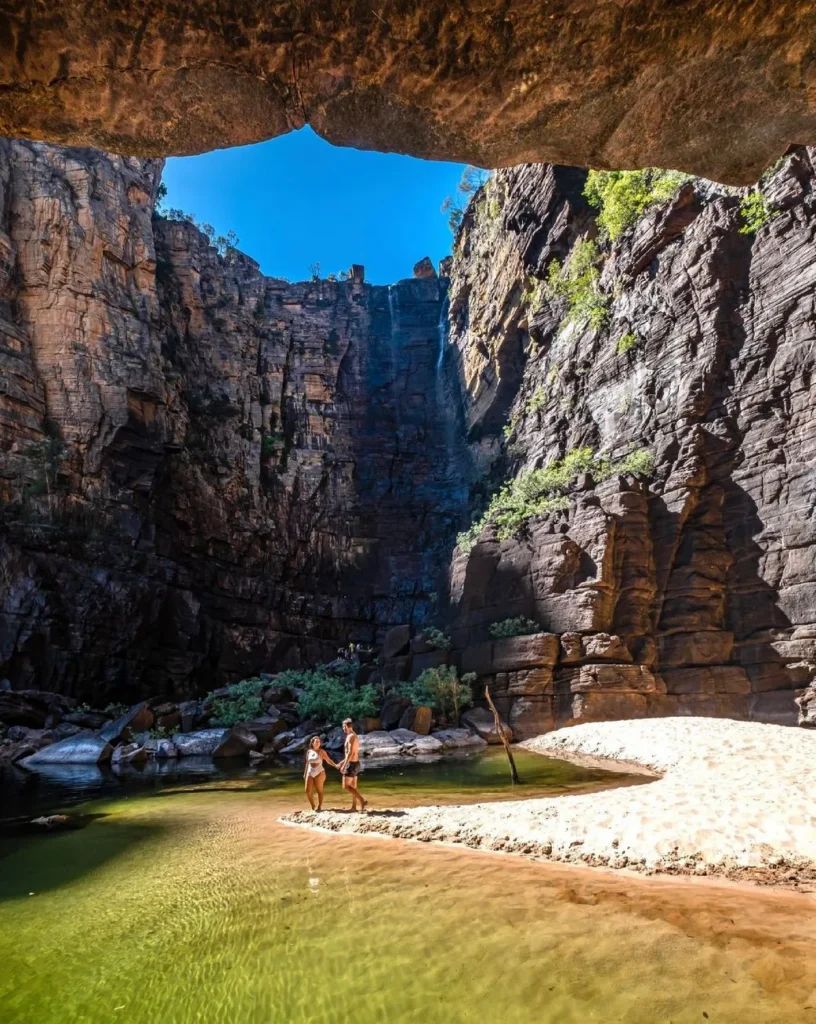
Jim Jim and Twin Falls are iconic Kakadu destinations that offer breathtaking views and an adventurous atmosphere. During the dry season, you can access both falls via a short hike, while the wet season transforms them into roaring waterfalls cascading from rugged cliffs. A scenic flight provides an unforgettable aerial perspective of these natural wonders, and it’s the only way to view the falls in full flow during the wet season when many roads become inaccessible.
Yellow Water and Sandy Billabong: Kakadu’s Wetlands
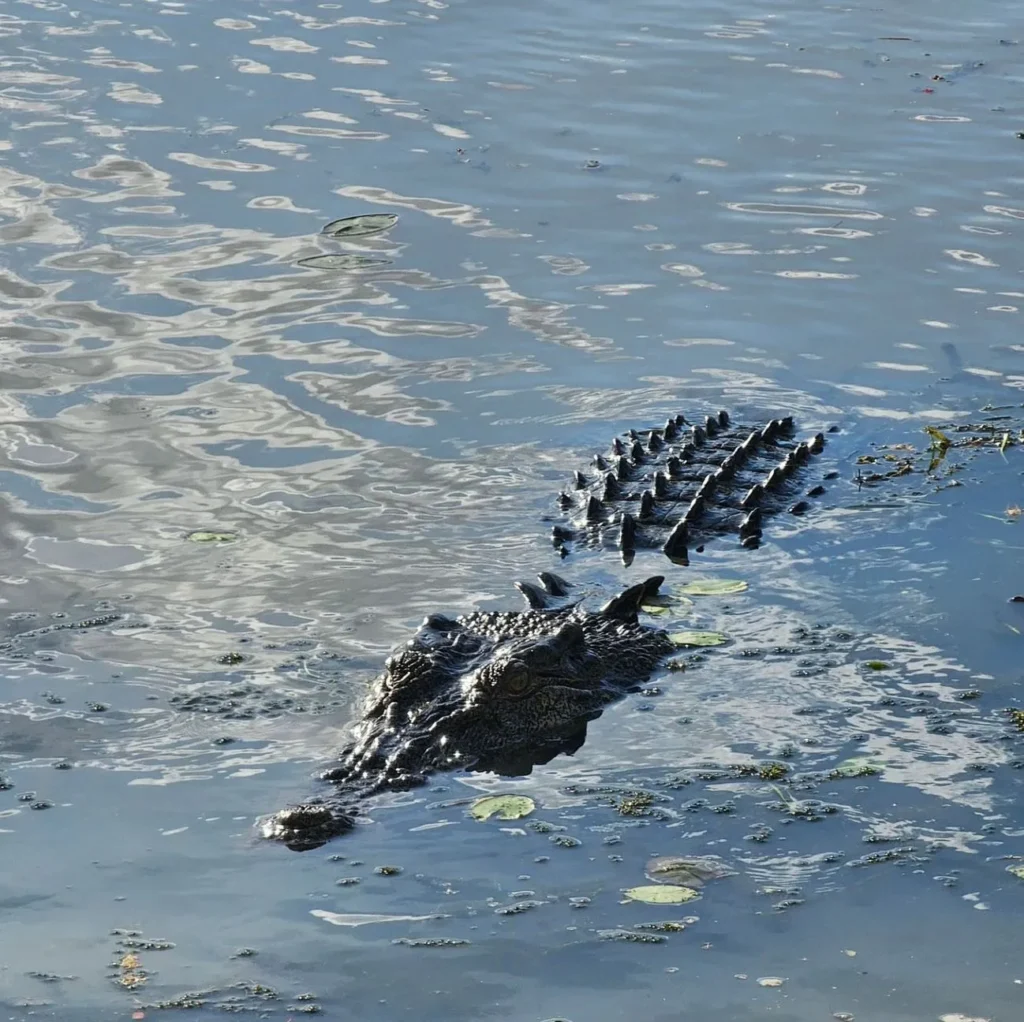
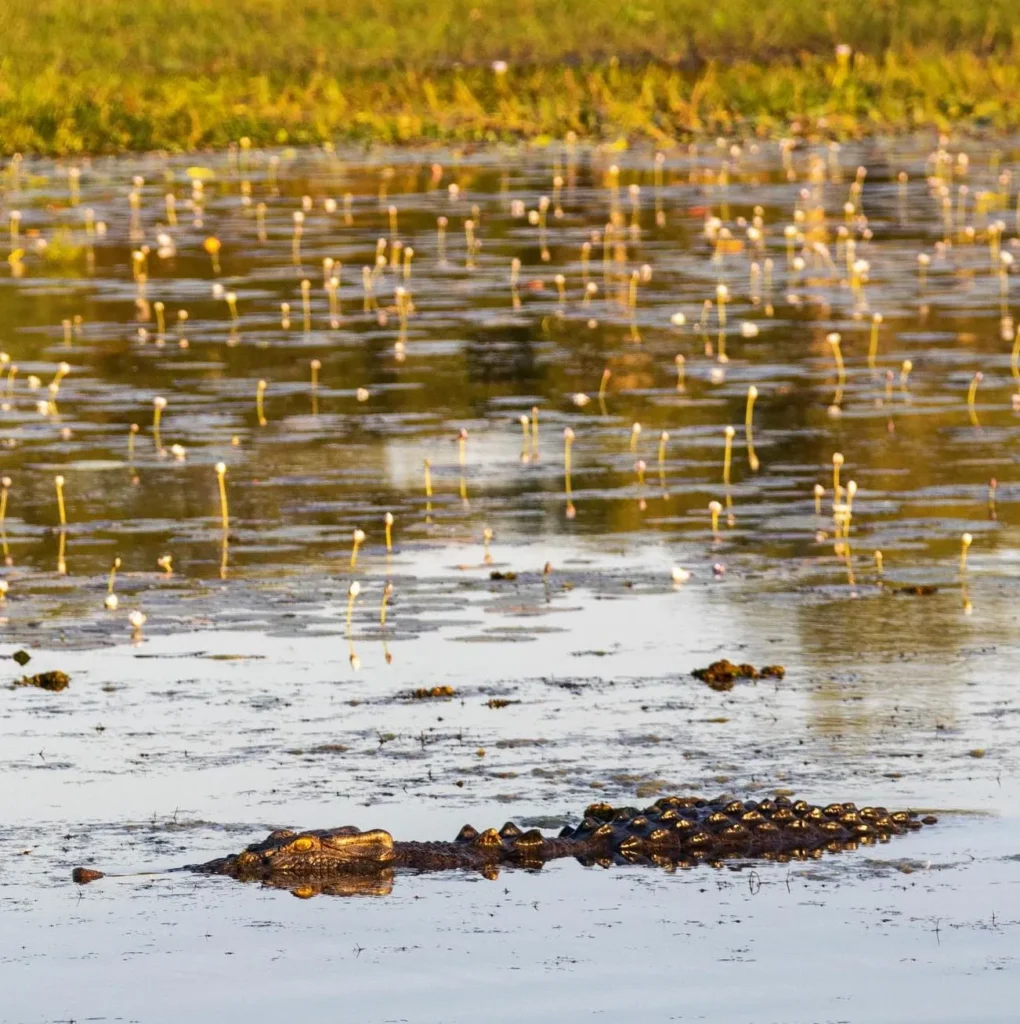
Yellow Water and Sandy Billabong offer prime spots for spotting Kakadu’s iconic wildlife, including the famed saltwater and freshwater crocodiles. The water lilies bloom beautifully during the moist season, adding a stunning splash of colour across the water. The early morning and late afternoon boat cruises through Yellow Water are popular among photographers and wildlife lovers alike, as you’ll likely see magpie geese, jabirus, and even wallabies grazing nearby.
Panoramic Views and Stargazing at Malabanjbanjdju
Malabanjbanjdju Camping Area offers some of the most spectacular views in Kakadu. Surrounded by woodlands and billabongs, the campsite provides plenty of open space to appreciate the dramatic landscape. After sunset, the clear, unpolluted skies become a canvas of stars, allowing campers to see the Southern Cross and the Milky Way with exceptional clarity. Stargazing is an unforgettable experience here, particularly during the dry season when the skies are clearest.
A Journey Through Aboriginal Rock Art
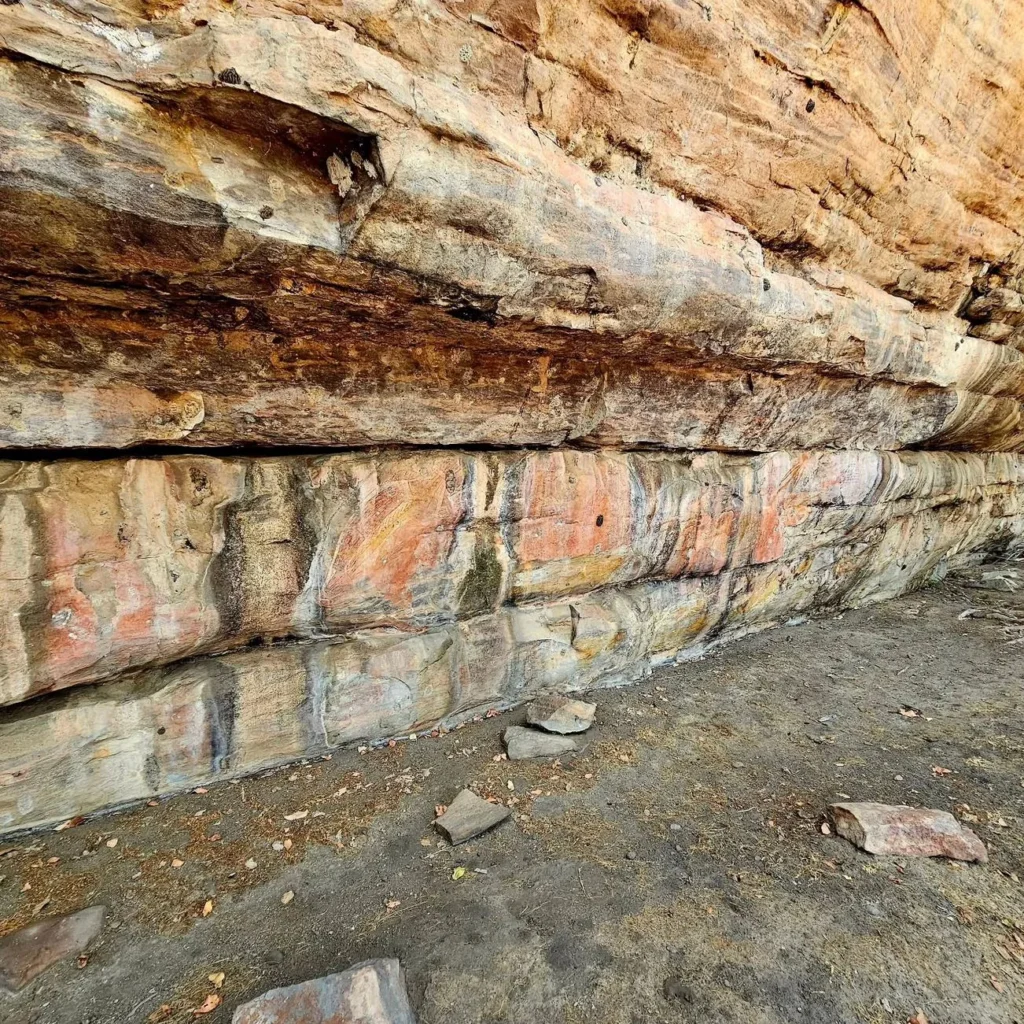
Kakadu is home to one of the world’s oldest cultures, and the Traditional Owners have preserved their customs, stories, and values for generations. Sites like Ubirr Rock feature impressive Aboriginal rock art galleries, some over 20,000 years old, depicting hunting scenes, spiritual figures, and native animals. Visiting these rock art sites provides a window into the spiritual and cultural heritage that continues to thrive within Kakadu.
Essential Tips for Camping
Facilities and Campground Information
Malabanjbanjdju is a National Park Campground with basic facilities, including toilets and limited drinking water supplies. It is managed by Kakadu’s campground managers, who maintain the site to ensure a safe and enjoyable experience for visitors. Be sure to bring extra water if you plan to stay for several days, as water sources are limited.
Access and Nearby Campgrounds
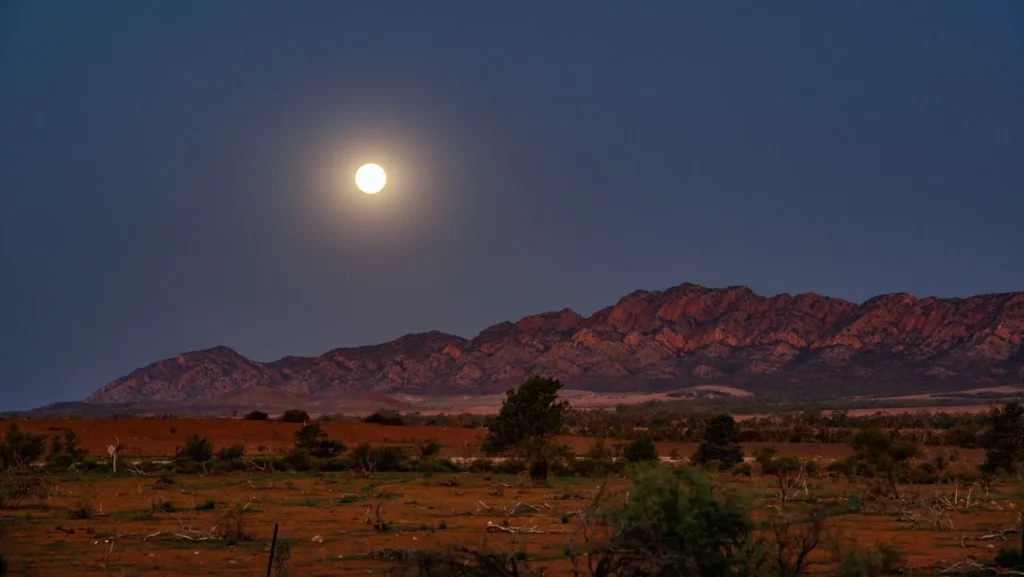
The campground can be reached via the main Kakadu Highway and serves as a convenient base for exploring other campgrounds within Kakadu, including Muirella Park, Rawnsley Park Station, and Kakadu Lodge. If you’re travelling with a camper trailer or RV, the access roads are well-maintained, though a 4WD may be preferable for exploring more rugged areas, especially during the wet season.
Safety Precautions with Wildlife
Kakadu is known for its saltwater and freshwater crocodiles, which are often found near billabongs and rivers. For your safety, always observe local warnings, stay away from water edges, and avoid swimming in areas where crocodiles may be present.
Camping Permits and Fees
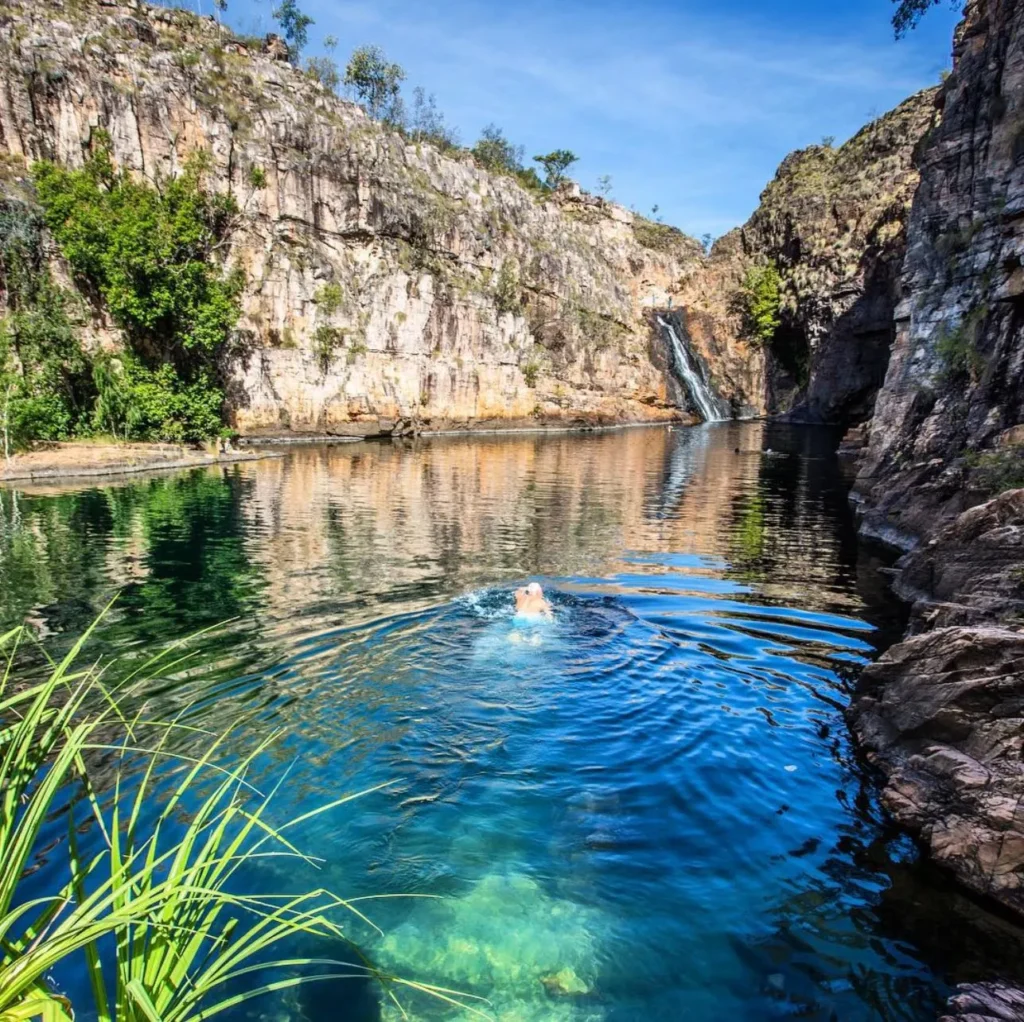
A Kakadu National Park entry permit is required for camping, available online or at park entrances. Booking your campsite in advance is recommended, particularly in the dry season, which is peak camping season.
Activities Near Campground
1. Scenic Tours: Kakadu offers diverse experiences for every traveller. Explore on foot or take a Kakadu Tour with Autopia Tours, Wildlife tours or Wayoutback tours, where knowledgeable guides bring the park’s history, culture, and wildlife to life.
2. Bird Watching and Wildlife Photography: Kakadu’s wetlands attract bird lovers from around the world. Capture the majestic magpie geese, colourful rainbow lorikeets, and unique wetland species as you venture through Sandy Billabong and Yellow Water.
3. Cultural Experiences: Nearby Aboriginal rock art sites, like those at Nourlangie Rock and Ubirr Rock, offer insight into Kakadu’s ancient culture. Guided cultural 2 day Kakadu tour led by Traditional Owners are available and provide invaluable perspectives on these sacred sites.
4. Day Trips to Nearby Parks: Extend your trip by visiting Litchfield National Park for a swim in its crystal-clear swimming holes or exploring the more remote landscapes of Danggali Conservation Park and Flinders Ranges National Park. Each park offers its unique ecosystems and stunning views.
Must-Know Camping Areas
Besides Malabanjbanjdju, Kakadu offers a range of campgrounds for every type of traveller, from the family-friendly Creek Camp to more rugged areas like Scout Camp and Bush Camp. Some popular options include a Camp Area near the South Alligator River, a Forest Camp nestled in Kakadu’s woodlands, and a River Camp with its peaceful riverside setting. For beach enthusiasts, Bondi Beach and Sunshine Beach provide sandy escapes, while Cape Range NP offers a contrasting coastal desert landscape.
Practical Travel Tips for an Unforgettable Adventure
- Pack Smartly: Kakadu’s weather can be unpredictable, so bring essentials like insect repellent, sunscreen, and plenty of water. In the moist season, waterproof clothing and extra supplies are recommended.
- Enjoy Beach Camping Elsewhere: For travellers looking to combine bush and beach experiences, Noosa Main Beach, Sandy Beach, and Sunshine Beach are ideal coastal camping options. They offer an escape to the sea just a short drive from Kakadu, making for a memorable Australian camping adventure.
- Explore Beyond Kakadu: If you want to extend your adventure, head to the Flinders Ranges and Cape Range NP for more stunning landscapes, or take a Darwin tour to Murray River National Park for lush river environments.
Camping at Malabanjbanjdju Camping Area in Kakadu National Park offers an authentic experience combining stunning landscapes, rich cultural heritage, and an opportunity to connect with the natural world. Whether you’re stargazing under a clear night sky, exploring ancient Aboriginal rock art, or spotting wildlife in nearby wetlands, this hidden gem promises a memorable adventure.
FAQ
What facilities are available at Malabanjbanjdju Camping Area?
Malabanjbanjdju offers basic facilities, including toilets and limited drinking water. Campers should bring their own drinking water if staying multiple days, as there are no showers or electricity.
Is a permit required to camp at Malabanjbanjdju?
Yes, you’ll need a Kakadu National Park entry permit, which can be purchased online or at the park entrance. Booking in advance is recommended, especially in the dry season when campsites fill quickly.
Can I swim in the rivers or billabongs near Malabanjbanjdju?
Swimming is not advised due to the presence of saltwater and freshwater crocodiles. Always follow local safety advisories and avoid swimming in areas where crocodiles may be found.
What wildlife can I see around the Malabanjbanjdju Camping Area?
You may spot magpie geese, wallabies, and diverse bird species near the camping area. Crocodiles are also common near billabongs and rivers, so be cautious when exploring these areas.
What is the best time of year to camp at Malabanjbanjdju?
The dry season, from May to October, is the best time for camping, as the roads are accessible and the weather is more comfortable. The wet season, though challenging, brings lush landscapes and flowing waterfalls, creating a dramatically different experience of Kakadu.